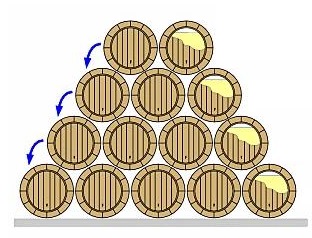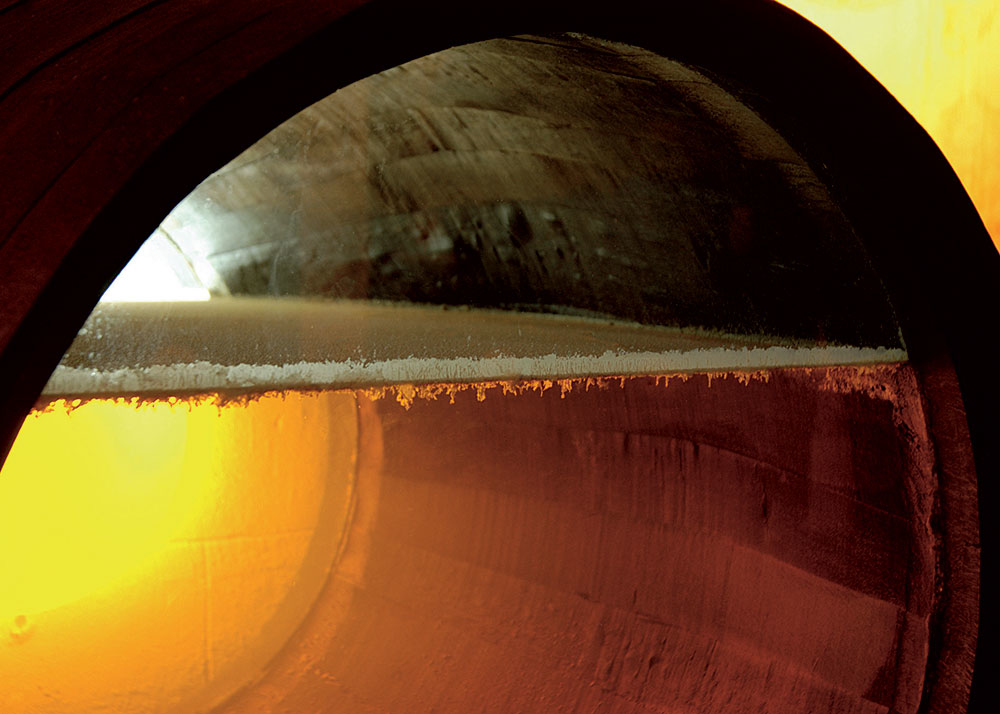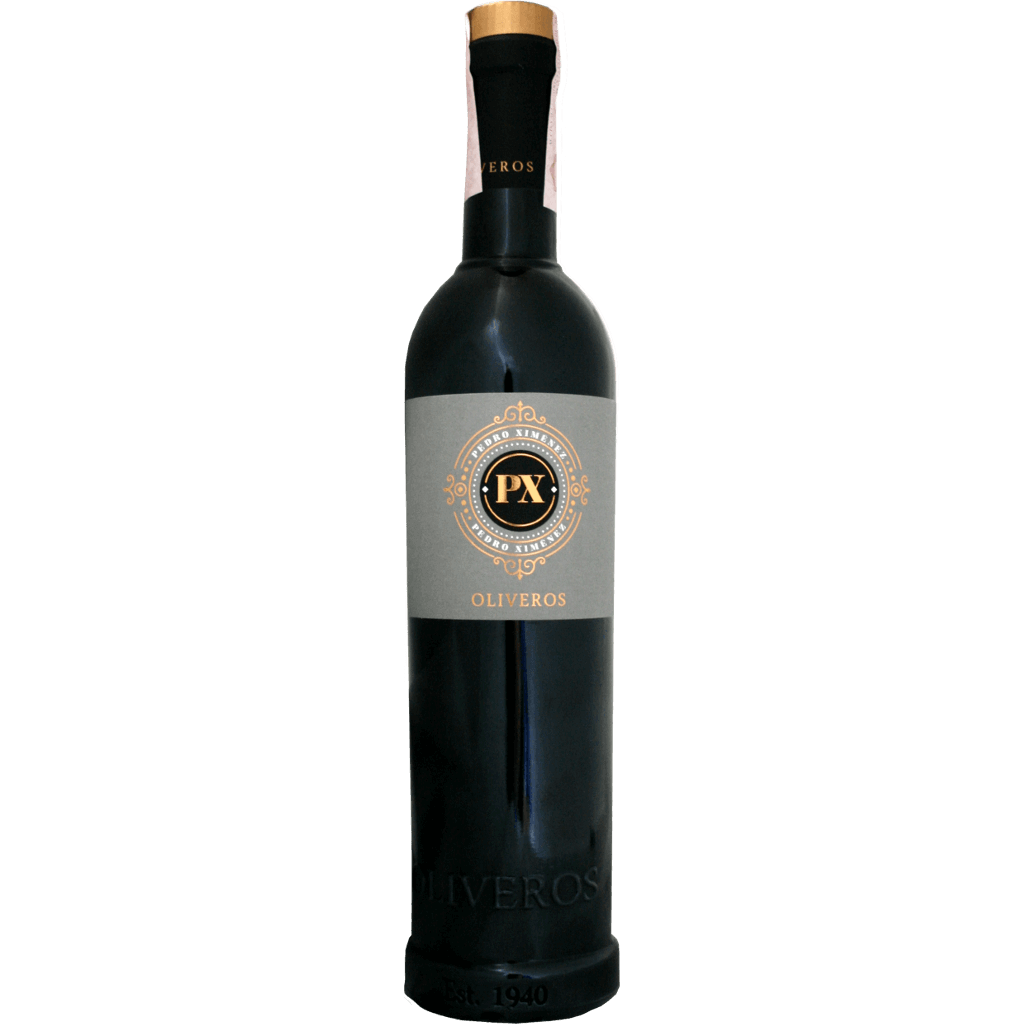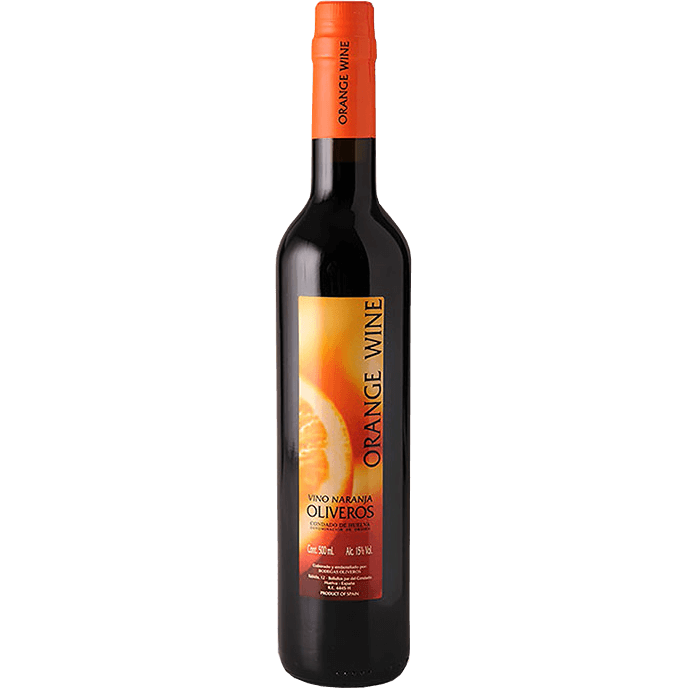The criaderas y solera method is essential for making one of the best known fortified wine: Pedro Ximénez.
The composition of the white chalky soil albariza plays an important role, because it favors the production of wines rich in acidity, perfect for fortification and the typical oxidative aging.
The harsh and warm wind that comes from the Mediterranean sea dries the ripening grapes and gives a balance between sugars and acids. Furthermore, this wind mixes the fresh and moisty that comes from the Atlantic Ocean, which favor the growth of Saccharomyces beticus, called in Spanish Flor. It is this yeast that makes the particular tastes and the unique aromas of Sherry.
The role of Flor consists in creating a thin cover inside the oak barrel able to protect the wine from external agents and, above all, it is able to exchange the correct amount of oxigen between the wine and air.
Moreover, the grape variety is important for a good aging with the criaderas y solera system. Palomino, moscatel and pedro ximénez are the most usable grapes. Even though, the most suitable for controlled oxidation is the first variety, we will focus on the last, since, it’s from pedro ximénez that comes the namesake wine.
After the harvest of the grapes, berries are let sun dried and then the vinification can begin.
Lastly, wine is aged in American oak barrels and using the criaderas y solera system.
However, before an expert classifies each barrels with some signs, called raja:
- 1 raja allocates a wine with a fortification up to 15% of ethylic alcohol per volume, these are wines like Fino, Manzanilla, Amontillado;
- 1 raja and 1 dot allocate wines with a fortification up to 17.5% Vol., and are wines like Oloroso and Pedro Ximénez;
- 2 rajas are for wines to reclassify;
- 3 rajas are for distillation wines, in order to produce Brandy for instance.





 Taste Lovers
Taste Lovers
Leave a Reply
Want to join the discussion?Feel free to contribute!